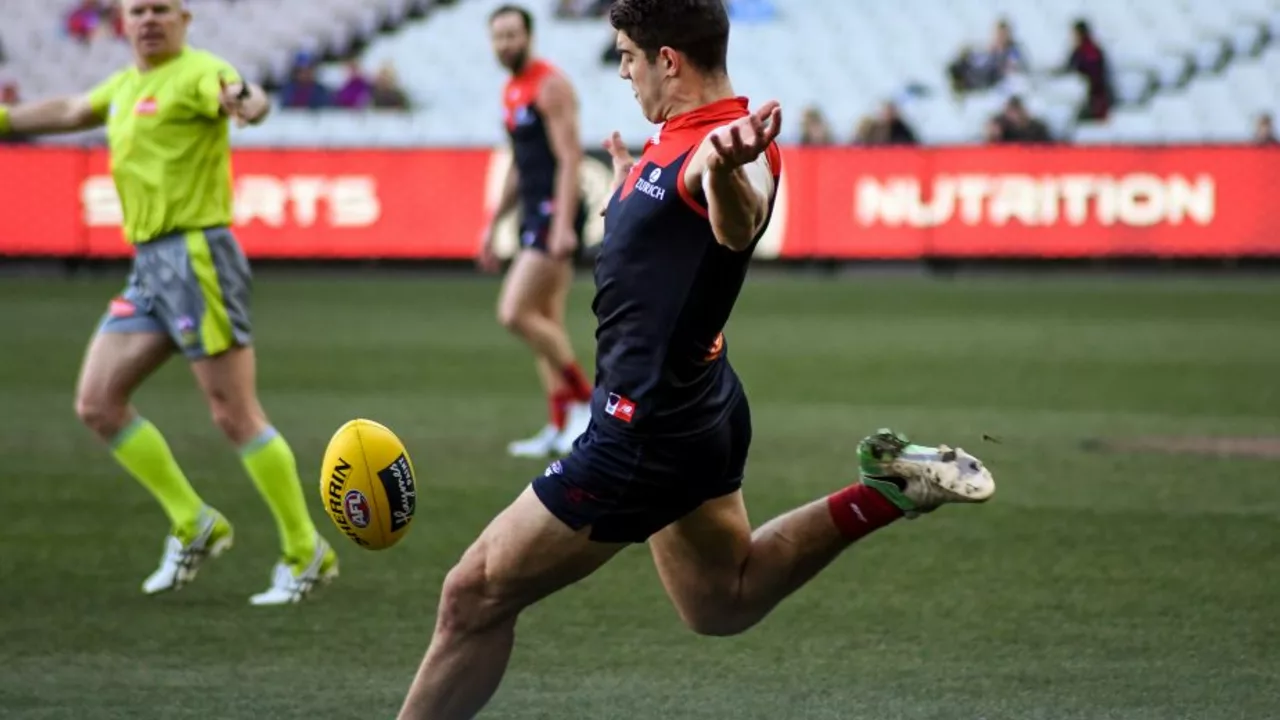Sports Comparison: How Soccer Stacks Up With Other Games
When you talk about sports, soccer usually grabs the headlines, but it’s not the only game worth your attention. Whether you’re a bettor, a casual fan, or just curious, comparing soccer with other popular sports helps you spot where the action is hotter and where the odds are friendlier. Let’s break down the key points you need to make smarter choices.
Key Differences You Should Know
First off, the length of play is a big factor. Soccer matches run 90 minutes plus a bit of added time, while basketball and American football can stretch well beyond an hour because of stoppages. That means fewer scoring bursts in soccer, but each goal swings the game massively. In baseball, you have nine innings and a steady flow of runs, which creates a very different betting rhythm. Also, the number of players matters: 11 on each side in soccer versus 5 in basketball or 9 in baseball. More players usually mean more variables to track – injuries, form, even weather can tip the scales.
Another thing is how the leagues are structured. Soccer’s promotion‑relegation system creates a constant churn of teams fighting for survival or glory. That adds drama to lower‑table matches that you won’t see in the closed‑shop NFL or NBA. In contrast, North American leagues run on a franchise model, so the same teams play year after year, making it easier to spot long‑term trends but sometimes less unpredictable.
Betting Angles Across Sports
From a betting perspective, the odds format changes a lot. Soccer leans heavily on decimal odds, while US sports favor moneyline and point spreads. If you’re switching between them, always convert to a common format to compare value. In soccer, the over/under market usually centers on 2.5 goals – a simple line that tells you if you expect a low‑scoring or high‑scoring game. Basketball’s over/under hovers around 220 points, so the math feels different, but the principle stays the same: find the line that the market has mis‑priced.
Live betting offers another layer of comparison. Soccer’s slower pace gives you more time to analyze the flow before placing a in‑play bet. Basketball’s rapid scoring can lead to quick odds swings, which is great if you thrive on fast decisions. Football (American) sits somewhere in the middle, with big momentum shifts after each drive, making the half‑time market especially lively.
Don’t forget the player‑specific markets. Soccer lets you bet on goals, assists, and even corner counts for individual stars. In baseball, you’ll find prop bets on strikeouts or home runs per pitcher. The more niche the market, the higher the potential payout, but also the higher the research required. Use the stats you already track – like a striker’s conversion rate or a quarterback’s completion percentage – to find edges across sports.
Bottom line: each sport has its own rhythm, scoring pattern, and betting language. Understanding these differences helps you spot where the odds are generous and where your knowledge can give you an edge. Keep a simple spreadsheet, compare the key stats you care about, and let the sport that fits your style guide your next wager.
21
How are the rules in soccer very different from football?
On the surface, soccer and football might seem similar, but they're actually very different games with distinct rules. In soccer, players use their feet, with only the goalkeeper using their hands, while in football, hands are primarily used. Soccer matches consist of two 45-minute halves with a continuous clock, while football has four 15-minute quarters with frequent stops. Scoring in football involves getting the ball into the end zone for a touchdown or kicking it through the goal post, while in soccer, goals are scored by getting the ball into the net. Lastly, physical contact is more accepted in football, while soccer focuses more on skill and finesse.





